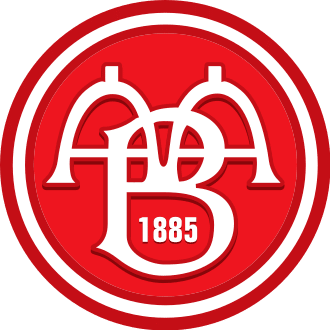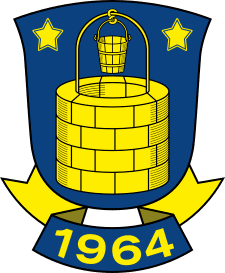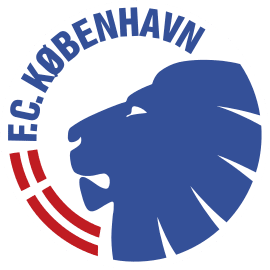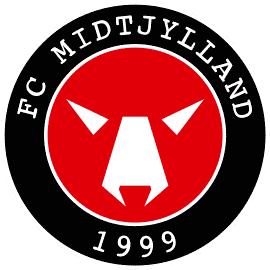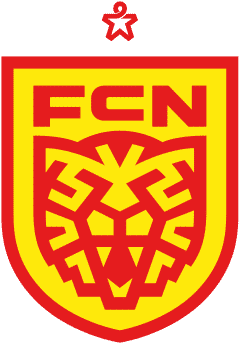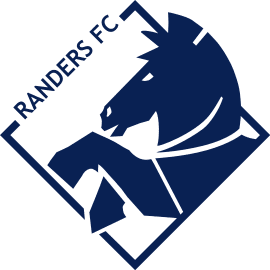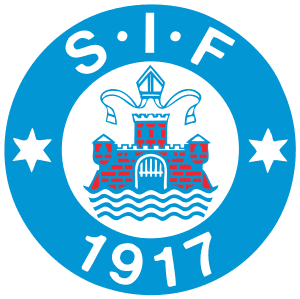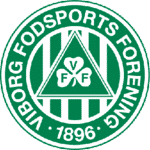Aarhus Gymnastikforening Tryouts & Club Guide: History, Stadium, Players, and More!

Welcome!
Discover the world of soccer with fcscout.com, your go-to scout for club tryout information, club guides, player profiles, in-depth product reviews, and more. We’re dedicated to exploring and revealing the best in each domain, empowering you with knowledge to make informed choices.
Thank you for being here!
Hi, I’m Carlos! A coach, sports enthusiast, and the founder of FCScout.com.
I fell in love with the game at a very young age like many of you. I’ve been following and playing soccer for many years.
Throughout my career, I always enjoyed helping soccer players chase their dreams, which is why I started this website. I wanted to reach a larger audience outside of my local area and fcscout.com was born.
This website is a platform I will be using to update club pages on any tryouts, stadiums, players, tech, and more from clubs around the world. I also create free recruitment profiles for players looking to have that extra competitive edge when reaching out to clubs.
That’s it. That’s my pitch for you to stick around (or browse the site as you please).
This is already too much text for a “see more” drop-down button thing. If you want to reach out to me, head on over to my contact page 🙂

Aarhus Gymnastikforening is a Danish football club based in Aarhus, Denmark. The club currently plays in the Danish Superliga, the country’s highest football league in Denmark.
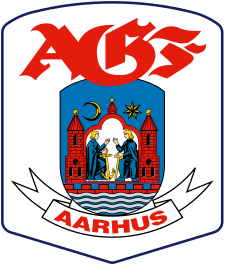
Aarhus Gymnastikforening Youth Development System
AGF Talent includes the first teams in U10-U19 and has the core task of developing players for the Superliga team or for sale abroad. This is done with the help of a versatile football education that enables the individual player to navigate in the best way between elite football, education, and private life.

A competent and ambitious organization of full-time and part-time managers, coaches, and specialists is ready to help players fulfill their football dreams.
Through a dynamic talent environment based on the club’s values, we will develop change-ready, robust and whole people who are able to tackle adversity and adversity, and in this way achieve the conditions to develop into professional football players.
Aarhus Gymnastikforening Training Facilities
AGF Talent has a state-of-the-art setting at the training facility in Fredensvang. In 2018, a newly built clubhouse of 2000 sqm was inaugurated with permanent changing rooms for the oldest talent teams, fitness rooms, video auditorium, etc. An adjacent academy building is in the making and is expected to be ready in 2023. In 2019 a GoalStation was built for special training and in later years, the courses at the training facility have been continuously upgraded. Overall, Fredensvang is today one of the most modern training facilities in Scandinavia.

Aarhus Gymnastikforening Education
In AGF, Dual Career is a high priority, as empirical evidence shows that a balanced everyday life, where there is room to prioritize sports, at the same time as educational activities and social relationships, has a positive effect on the sports arena, school / education and purely human. AGF Talent has a well-established and development-oriented collaboration with ESAA (Elite Sports Academy Aarhus) and the city’s educational institutions and can therefore offer a wide range of educational opportunities adapted to elite football – from 8th grade over youth education to higher education.
Aarhus Gymnastikforening Recruitment Trials
At the time of this writing, there are no official publishings on Aarhus Gymnastikforening trials. Please come back at a later date while we monitor this club or click here to visit their official news web page.

EXPLORE MORE CLUBS!
Explore more professional clubs by continent.
Aarhus Gymnastikforening History
The first football game that AGF ever played was in November of 1902, when they were defeated by Aarhus Idraetsklub Olympia 2-5. Six years later, in 2012, the team won the Jutland Football Championship by claiming a 3-2 victory over Ringkbing IF. AGF had already won the Jutland Football Championship seven times and made it to the finals of the Danish Football Championship three times when they started competing in the newly founded Denmark Tournament in 1927.
Following the purchase of its very own clubhouse in 1911, the AGF went on to complete the acquisition of the fields located along Dalgas Avenue. The newly constructed Aarhus Stadium became the permanent home of the Aarhus Football Club in 1920, and the club has played all of its games at that venue ever since. In 1941, the club moved from its clubhouse on Dalgas Avenue to its current location in the Fredensvang district of the Viby J neighborhood.
From 1949 to 1951, during the course of three seasons, AGF finished in third place in the premier league regularly. After competing in the 2. division during the 1952–1953 season, AGF went on to win four Danish Football Championships and five Danish Cups over the course of the subsequent 12 seasons. AGF also competed in the first iteration of the European Cup, which was won by the French team Stade de Reims.
AGF finished in second place overall. In 1961, AGF competed in the same tournament and advanced to the quarterfinals, but ultimately fell to Benfica, which went on to win the tournament. AGF was demoted to the second level in 1968 and again in 1973; however, they were promoted back to the first division in 1976. This marked the beginning of thirty years of competing in the highest category.
Beginning in the late 1970s and continuing all the way up to 1998, AGF’s success was significantly influenced by the growth of professional football in Denmark. During the time when Henning Jensen was playing for Real Madrid, AGF came quite close to winning the Danish Football Championship in 1982. Odense Boldklub was awarded the championship after the season’s last game, which was played between AGF and B 93.
The game ended with a score of 2-2. In 1984, AGF came within one point of winning the championship, but Vejle Boldklub was able to pull off the victory by a single point. 1986 was the year that eventually saw AGF take home its sixth Danish Football Championship. The members of the squad who stood out the most were Flemming Povlsen, John Stampe, and Jan Bartram.
In addition, AGF was victorious in the competition for the Danish Cup in 1987, 1988, and 1992. With players like Stig Tfting and Hvard Flo, AGF came extremely close to winning the Danish Football Championship in 1996; nevertheless, Brndby IF was able to pass AGF in the competition’s second-to-last round and claim the title instead. AGF got their revenge by winning the Danish Cup the following year and beating Brndby IF in the championship game.

In 1998, AGF finished in third place in the Danish Superliga, but the club struggled to compete well in the years that followed due to financial difficulties. After working in the managerial position for seven years, Peter Rudbaek was fired in the year 2000. Since the year 2000, the club has endured some of its most difficult times ever. In the summer of 2014, the AGF made the decision to choose Jacob Nielsen as the organization’s next director.
Nielsen was able to accomplish success in his role as director of Randers by securing favorable financial outcomes. Morten Wieghorst will now serve as both the manager of AGF and the new sporting director of the organization. On December 6, however, Nielsen announced that Wieghorst had been terminated from his position as head coach and that Glen Riddersholm, a former Danish champion, had been hired to take his place. This was due to the team’s poor performances during the 2005–2006, 2009–2010, and 2013–2014 seasons. Despite this, the squad was promoted back to the top flight within a short amount of time each time. AGF finished the 2015–16 season in tenth place, having won three games, drawn seven games, and lost five games. The team’s head coach during the season was Glen Riddersholm. In the cup final for 2016, AGF was defeated by FC Copenhagen by a score of 2-1.
After participating in relegation play-off games as a result of the new league system that was introduced in the same year, AGF concluded the 2016–17 season in 11th place. On September 30, 2017, Riddersholm was terminated from his position as a result of his subpar performance. After starting the 2017–18 season with a record of 4 wins, 5 loses, and 2 ties, AGF was sitting in seventh place in the league at that point in time. Riddersholm triumphed over FC Helsingr 5-1 in the most recent match that they played.
The new manager of the team, David Nielsen, oversaw the team as it started the league season with four consecutive defeats but finished the season in seventh position after losing a European play-off final to FC Copenhagen by a score of 4-1. After placing ninth in the previous season, the squad improved to the bronze medal position in 2019–20.
Aarhus Gymnastikforening Stadium
Since the 1920s, the Aarhus Gymnastikforening has called the Aarhus Stadium in Aarhus, Denmark, their home. Aarhus Stadium is a football stadium. With a maximum seating capacity of 19,433, it is the third-largest football stadium in Denmark that may be used by any football team. It is a portion of the sports complex known as the Aarhus Sports Park that is maintained by Ceres Park & Arena.

After initially opening in June 1920 under the name Aarhus Stadium, the venue went through a number of important renovations in the 1990s and 2000s. Following the purchase of the naming rights for AGF’s football games and activities by Ceres Brewery, a division of Royal Unibrew, it has been known by a variety of names in recent years, including Atletion Park (2003–2006), NRGi Park (2006–2015), and Ceres Park (as of July 2015). These name changes have been brought about by sponsorship agreements. In FIFA and UEFA events, it is customary to refer to the venue by its original name—Aarhus Stadium—because of restrictions imposed by sponsors.






